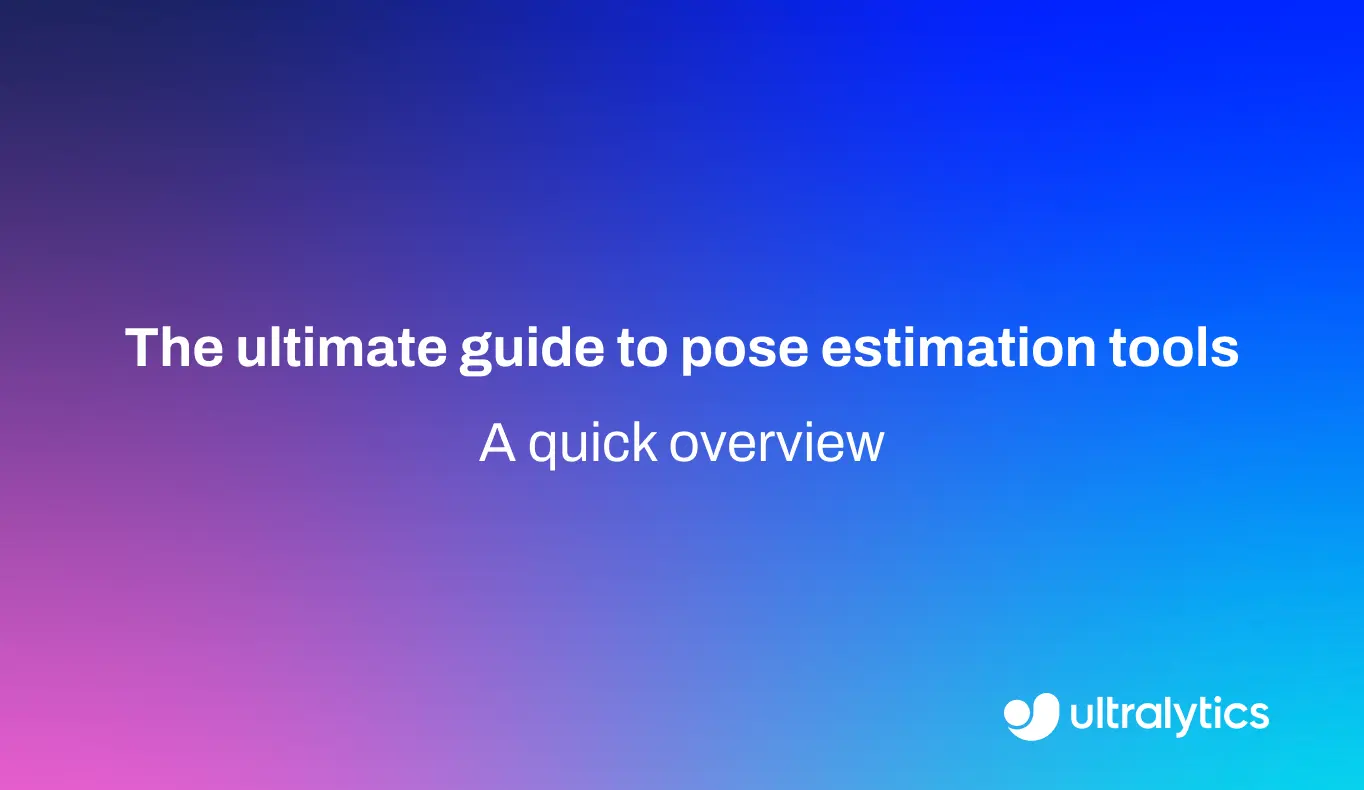Text Summarization
Discover the power of AI-driven text summarization to condense lengthy texts into concise, meaningful summaries for enhanced productivity and insights.
Text summarization is a critical application of
Natural Language Processing (NLP)
that involves condensing a piece of text into a shorter version while preserving its key information and meaning. By
leveraging Artificial Intelligence (AI),
this process automates the extraction of insights from vast amounts of unstructured data, helping users overcome
information overload. The goal is to produce a
fluent and accurate summary that allows readers to grasp the main points without reading the original document in its
entirety. This technology is fundamental to modern
search engines, news aggregation apps, and enterprise data
management systems.
Approaches to Text Summarization
In the field of Machine Learning (ML), text
summarization generally falls into two primary categories, each relying on different underlying architectures and
logic.
Extractive Summarization
This method functions similarly to a student highlighting important passages in a textbook. The model identifies and
extracts the most significant sentences or phrases directly from the source text and concatenates them to form a
summary.
-
Pros: High accuracy regarding facts, as
the text is not altered.
-
Cons: The flow can be disjointed, and it cannot synthesize new information or rephrase complex
ideas.
-
Technology: Often uses statistical methods or
Recurrent Neural Networks (RNNs) to
score sentence importance.
Abstractive Summarization
Abstractive summarization is more advanced and mimics human cognition. It generates entirely new sentences that
capture the essence of the original text, potentially using words that did not appear in the source.
Real-World Applications
Text summarization transforms workflows across various industries by converting raw data into actionable intelligence.
-
Healthcare and Medical Records: Medical professionals use AI to summarize lengthy patient histories
and clinical notes. This allows doctors to quickly review a patient's status before a consultation. Advanced models
help in medical image analysis by
correlating visual data with summarized textual reports, enhancing diagnostic efficiency.
-
Legal and Financial Analysis: Lawyers and financial analysts deal with massive volumes of
contracts, case laws, and earnings reports. Summarization tools can extract critical clauses or financial
highlights, significantly reducing the time required for
document review processes. This is similar
to how computer vision models like
YOLO11 automate visual inspections in manufacturing.
Basic Extractive Summarization Logic
While modern systems use deep learning, the core concept of extractive summarization is ranking sentences by
importance. The following Python example demonstrates a simple, non-learning approach to extractive summarization by
scoring sentences based on word frequency—a foundational concept in
information retrieval.
import collections
def simple_summarize(text, num_sentences=2):
# 1. Basic preprocessing (concept: Tokenization)
sentences = [s.strip() for s in text.split(".") if s]
words = [w.lower() for w in text.split() if w.isalnum()]
# 2. Calculate word frequency (concept: Feature Extraction)
word_freq = collections.Counter(words)
# 3. Score sentences based on important words (concept: Inference)
sent_scores = {}
for sent in sentences:
for word in sent.split():
if word.lower() in word_freq:
sent_scores[sent] = sent_scores.get(sent, 0) + word_freq[word.lower()]
# 4. Return top N sentences
sorted_sents = sorted(sent_scores, key=sent_scores.get, reverse=True)
return ". ".join(sorted_sents[:num_sentences]) + "."
text = "AI is evolving. Machine learning models process data. AI summarizes text effectively."
print(f"Summary: {simple_summarize(text, 1)}")
Related Concepts in AI
Understanding text summarization requires distinguishing it from related
Natural Language Understanding (NLU)
tasks.
-
Sentiment Analysis: Unlike
summarization, which condenses content, sentiment analysis classifies the emotional tone (positive, negative,
neutral) of the text.
-
Named Entity Recognition (NER):
NER focuses on extracting specific data points (like names, dates, and locations) rather than providing a holistic
overview of the document.
-
Text Generation: While
abstractive summarization uses text generation, general text generation (like writing a story) is
open-ended, whereas summarization is strictly constrained by the source material.
-
Image Captioning:
This is the visual equivalent of summarization. Models analyze an image and generate a textual description. This
bridge between CV and NLP is a key focus of
Multi-Modal Models and research into future
architectures like YOLO26.
Future Directions
The field is moving toward more context-aware and personalized summaries. Researchers publishing on platforms like
arXiv are exploring ways to make models that can summarize distinct
documents into a single report (multi-document summarization). Furthermore, the integration of
Reinforcement Learning from Human Feedback (RLHF)
is helping models align better with human preferences, ensuring summaries are not just accurate but also stylistically
appropriate. As AI ethics evolve, ensuring these
summaries remain unbiased and factual remains a top priority for the ML community.










